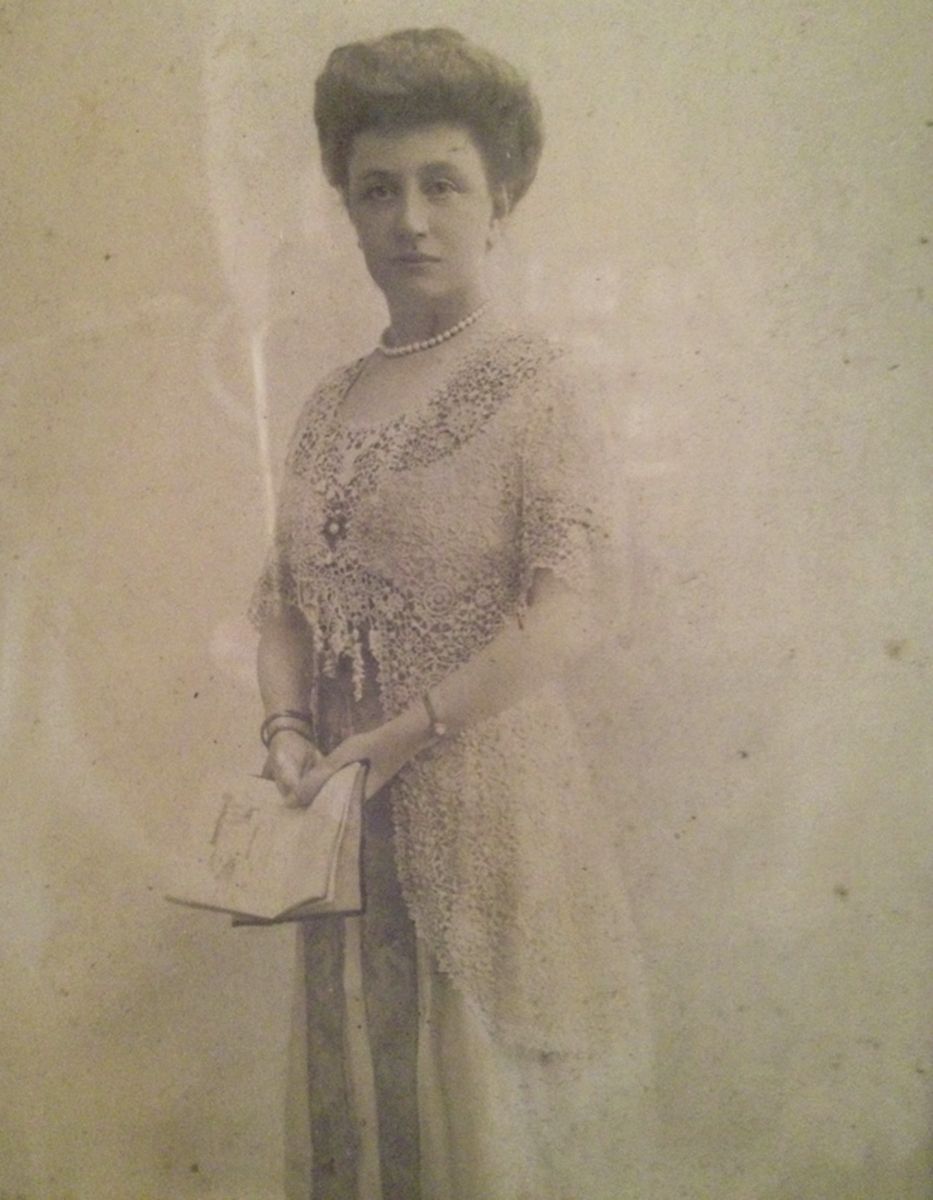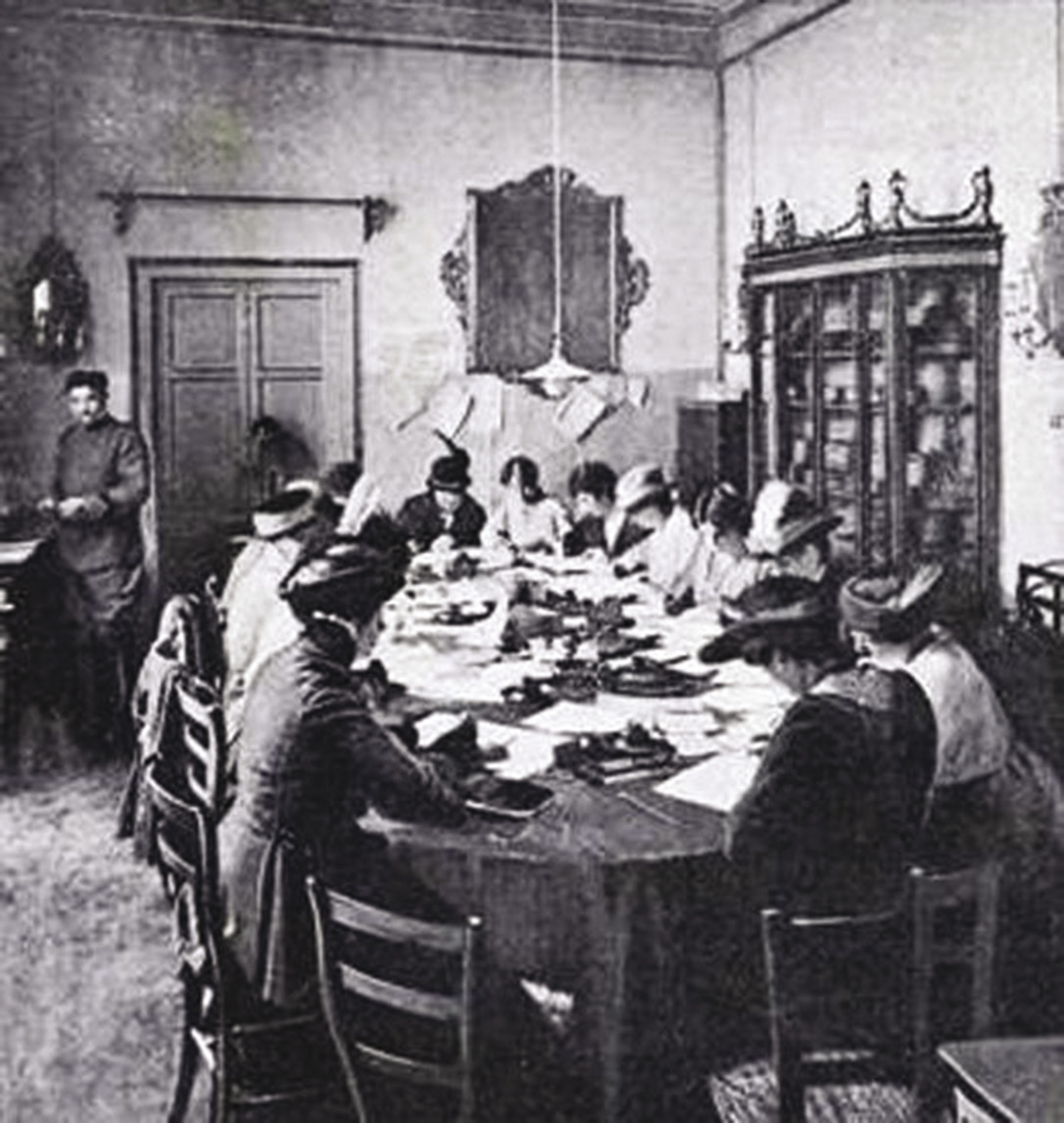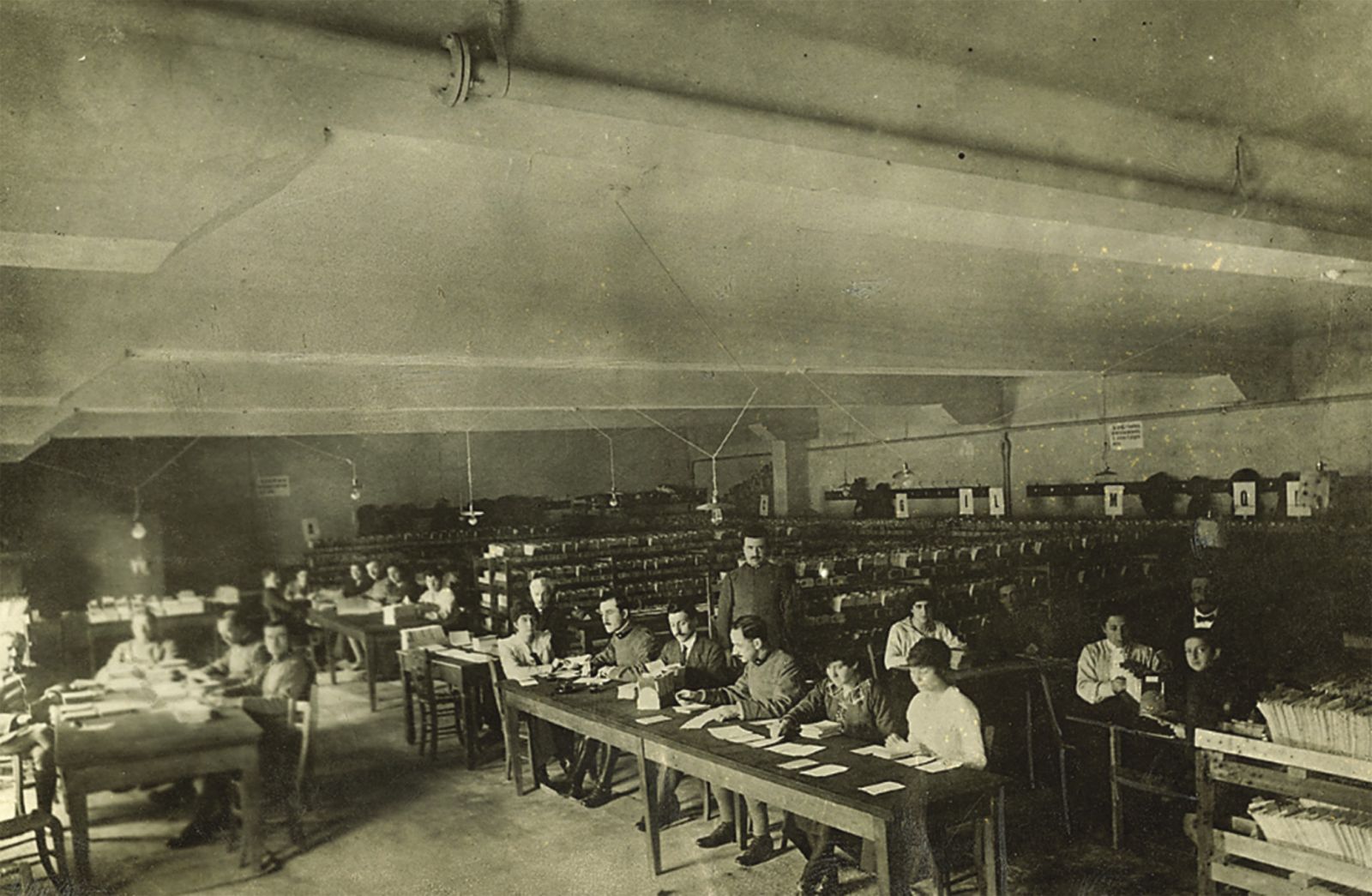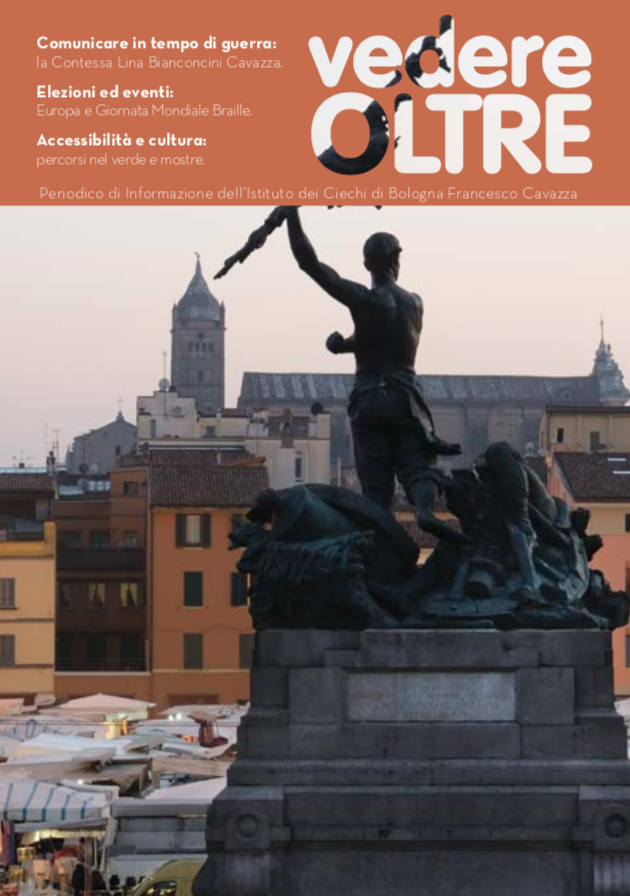In an age when it is possible to know every bit of information at any given time, thanks to search engines and online encyclopedias, it is very difficult to imagine not being able to find information or data about anything or anyone, the not knowing is hard to fathom. The virtually unlimited access to information has even become a source of stress, making us wish sometimes that we lived in a monastery where the convent walls keep us protected from data networks.

Yet, normalcy has always been tinged with a lack of knowledge and expectation. Learning was not only a maieutic process, it was also the way news had to travel, in the saddlebag of a courier on horseback or in the back of a postal van, before reaching us, as we are waiting in anxiety or unexpectedness and urgency. However, like the explorers of the world or the technology, someone shook off the lethargy or the anticipation, and decided to become an active agent looking for news and events.
Among these brilliant and tenacious figures is certainly Countess Lina Bianconcini Cavazza. A very well-known and well-liked person in the city of Bologna, during her lifetime and in our memory. Born Bianconcini Persiani, she married Francesco Cavazza, the Count who founded, in 1885, the Institute of the Blind bearing his name, and she had three children. She hosted intellectuals in her own sitting room, which was at the centre of the city's cultural life. She wanted to translate her own spiritual ambition, so she created at first an entrepreneurial activity, Aemilia Ars founded by Rubbiani, soon rising into the heart of Bologna's traditions. Her intention was to establish the conditions for the development of embroidery techniques typical of local craftsmanship, as well as of women's labour market. She acquired widespread consensus not only among the beneficiaries themselves, but also in national administrative and executive circles. In 1909, Queen Margherita decided to assign the Countess the task of transposing this experience in the context of the recently devastated Messina area from the terrible earthquake a few months before. A sewing and embroidery workshop was established, thanks to which dozens of women found employment and professional skills.
 The outbreak of the Great War, an even more catastrophic event, prompted Countess Lina Bianconcini Cavazza to devote her energies towards the indirect victims, namely the sons and wives of soldiers. She first established kindergartens for children, allowing mothers to work. She changed the sewing workshops into tailoring centres in order to sew shirts and uniforms for soldiers. She acknowledged the increasingly widespread need of the soldiers' family members to learn about their loved ones, fighting at the front and behind the frontlines. This is how she came to establish the Ufficio per le notizie (News Office) for the news to the families of the military on land and at sea. The same women worked there, as well as the soldiers on leave or license, who, on a voluntary basis, did not hesitate to dedicate their time to her, aware of the importance of this institution. In the end there would be as many as 25,000 people (mostly volunteers, but also paid women), throughout Italy, in the Bologna office, located in the Post Office building on Piazza Minghetti (after the first operations based in the home of Count Cavazza on Via Farini), to the remotest parishes, even abroad, wherever there was a family of an Italian soldier called to the front.
The outbreak of the Great War, an even more catastrophic event, prompted Countess Lina Bianconcini Cavazza to devote her energies towards the indirect victims, namely the sons and wives of soldiers. She first established kindergartens for children, allowing mothers to work. She changed the sewing workshops into tailoring centres in order to sew shirts and uniforms for soldiers. She acknowledged the increasingly widespread need of the soldiers' family members to learn about their loved ones, fighting at the front and behind the frontlines. This is how she came to establish the Ufficio per le notizie (News Office) for the news to the families of the military on land and at sea. The same women worked there, as well as the soldiers on leave or license, who, on a voluntary basis, did not hesitate to dedicate their time to her, aware of the importance of this institution. In the end there would be as many as 25,000 people (mostly volunteers, but also paid women), throughout Italy, in the Bologna office, located in the Post Office building on Piazza Minghetti (after the first operations based in the home of Count Cavazza on Via Farini), to the remotest parishes, even abroad, wherever there was a family of an Italian soldier called to the front.
Each site was required to keep a register in which to record each event or news item deemed relevant, knowingly leading to the establishment of an archive of immense value, subsequently donated to the State.
For each soldier about whom any news was received, an employee noted the details in the records in the head office, and then sent them to the competent office elsewhere in the country according to the place of residence or origin. This way, each family member or interested party could make a request to see if there was news about a person without having to go through a long process. Files had different colours, depending on the nature of the event to be noted: wounded, dead, missing in combat. And official news was collected, of direct military origin, and unofficial news as well, mostly transmitted through military chaplains. Twelve million cards were compiled, often multiple news items relating to the same subject.
 The Ufficio per le notizie ceased its activity with the conclusion of the world conflict, but the Countess remained active until her death, which occurred during the Second World War, in 1942, at the age of 81.
The Ufficio per le notizie ceased its activity with the conclusion of the world conflict, but the Countess remained active until her death, which occurred during the Second World War, in 1942, at the age of 81.





.png)